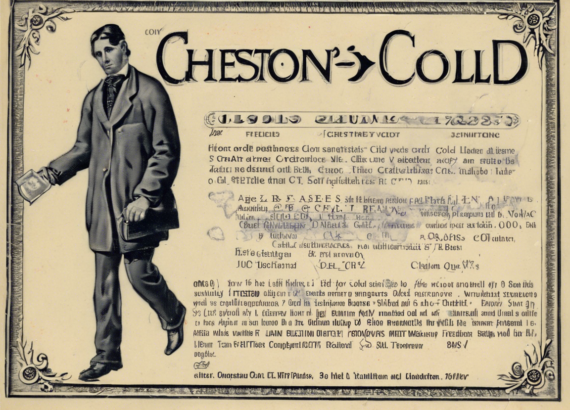On June 2, 1857, the Copenhagen Stock Exchange experienced a tragic fire that left a lasting impact on Denmark’s financial history. The Copenhagen Stock Exchange, also known as Børsen, is renowned as one of the oldest stock exchanges in the world, with origins dating back to the early 17th century. The exchange was a vital hub for Danish commerce, facilitating trade and investments vital to the nation’s economy.
The Blaze
The fire that broke out in 1857 engulfed the Exchange for several hours, resulting in significant damage to the iconic building. The flames ravaged the historic structure, destroying valuable financial records, trading instruments, and infrastructure. The incident sent shockwaves through the Danish business community, leading to disruptions in trading activities and financial uncertainty.
Aftermath and Reconstruction
Following the devastating fire, efforts were swiftly undertaken to rebuild the Copenhagen Stock Exchange. The reconstruction process aimed to restore the Exchange to its former glory while incorporating modern amenities and design elements. The new building retained the iconic spire and dragon tails that have become synonymous with Børsen, symbolizing continuity and resilience in the face of adversity.
Impact on the Financial Landscape
The Copenhagen Stock Exchange fire of 1857 had profound implications for Denmark’s financial landscape. The incident prompted improved fire safety measures and disaster preparedness protocols to safeguard critical financial institutions. Furthermore, the reconstruction of the Exchange symbolized the nation’s determination to overcome challenges and reinforce its position as a center of trade and commerce in Northern Europe.
Legacy and Lessons Learned
The Copenhagen Stock Exchange fire serves as a reminder of the fragility of financial infrastructure and the importance of disaster mitigation strategies. The incident underscored the need for robust contingency plans, strong regulatory oversight, and community resilience in safeguarding vital economic institutions. Moreover, the reconstruction of Børsen stands as a testament to Denmark’s ability to bounce back from adversity and chart a path towards economic recovery and prosperity.
FAQs
-
What caused the Copenhagen Stock Exchange fire in 1857?
The exact cause of the fire remains unknown, with theories ranging from faulty wiring to arson. However, the blaze resulted in significant damage to the Exchange and disrupted financial activities. -
How long did it take to rebuild the Copenhagen Stock Exchange after the fire?
The reconstruction of the Copenhagen Stock Exchange took several years to complete, with efforts focused on restoring the iconic building while enhancing its structural integrity and safety features. -
What measures were implemented to prevent future fires at the Exchange?
In the aftermath of the fire, enhanced fire safety measures, such as improved building materials, fire detection systems, and evacuation protocols, were implemented to mitigate the risk of future incidents. -
Did the Copenhagen Stock Exchange fire impact Denmark’s economy?
The fire’s aftermath temporarily disrupted financial activities and caused economic uncertainty. However, the reconstruction and continued operations of the Exchange helped stabilize the economy and restore confidence in Denmark’s financial sector. -
Why is the Copenhagen Stock Exchange considered a historic landmark?
The Copenhagen Stock Exchange, with its rich history dating back centuries, is revered as a historic landmark due to its role in facilitating trade, investments, and financial transactions critical to Denmark’s economic development.
In conclusion, the Copenhagen Stock Exchange fire of 1857 stands as a pivotal moment in Denmark’s financial history, underscoring the resilience of the nation’s economy and the importance of safeguarding vital institutions against unforeseen challenges. The reconstruction of Børsen serves as a testament to Denmark’s ability to overcome adversity and thrive in the face of adversity.






